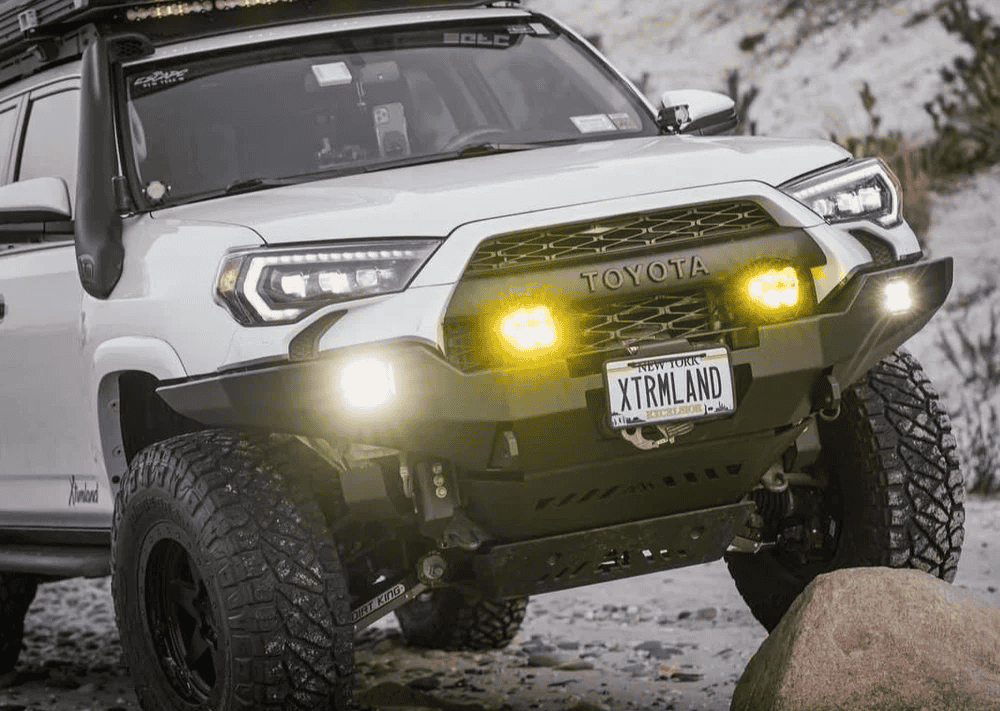Overland Vehicles

Air quality shapes how you feel long after the engine shuts off. Custom airflow ventilation is the practice of shaping intake, exhaust, and pressure so heat, humidity, and pollutants never get the upper hand. In compact spaces like vans, trailers, mobile clinics, and micro studios, there is little volume to buffer swings. That makes design choices decisive rather than optional.
Effective systems start with the air exchange rate, often expressed as ACH. For sleeping comfort and odor control, one to three ACH can be enough, while cooking or drying wet gear might demand five or more. Convert ACH to fan selection by calculating cubic feet of the space and matching total CFM while accounting for losses. Those losses come from static pressure created by duct runs, tight grilles, insect screens, and filters. Keep paths short, smooth, and generously sized to hold down turbulence and noise.
Filtration is not a monolith. A pre filter catches coarse dust and insects. A finer media filter can cut pollen and soot. Activated carbon can tame fuel and cooking smells. The catch is resistance. Every layer robs CFM, so filtration must be paired with stronger fans or wider ductwork to preserve performance.
Pressure strategy sets the tone. Slight positive pressure can keep dust out on dirt roads by letting air escape cracks rather than enter. Slight negative pressure helps capture fumes and cooking vapors. Whichever you choose, a backdraft damper prevents wind or pressure swings from reversing flow. Noise comes from three places: fan blades, fast moving air through tight openings, and vibration. Use larger slow fans, soft mounts, and lined ducts to maintain quiet.
Vent placement is where theory becomes comfort. Intake air should arrive cool, clean, and shaded when possible. Exhaust vents should sit where heat, steam, and odors collect, such as high points or near the galley. Cross ventilation works best when intake and exhaust sit diagonally, not directly across. That forces air to sweep the entire cabin rather than short circuit between two nearby openings.
Duct shape and geometry move the needle. Gentle radius elbows beat tight turns. Smooth interior walls beat ribbed hoses for long runs. Louvers that open with airflow and seal when off can keep weather and insects at bay without dragging airflow. In wet zones, drip loops and weep holes prevent water intrusion from becoming cabin moisture.
A smart control scheme ties the system together. Variable speed control adjusts to the moment, from whisper quiet sleeping to high flow cooldowns after a hot climb. Temperature and humidity sensors can trigger automatic extraction to prevent condensation, mold growth, and fogged windows. Carbon dioxide monitors reveal when sleeping occupants need more fresh air. In multi space layouts, zone control keeps different areas in balance without starving one for another.
Vehicle cabins face unique challenges. You have radiant heat from the roof, heat soak from driveline components, and constant movement that shakes fittings loose if the hardware is wrong. Good sealing around penetrations keeps weather out and protects cabinetry. In winter, a low flow continuous exchange paired with moisture extraction at the cooking area keeps bedding dry and windows clear. In summer, high flow purge after parking can dump heat quickly, then a steady maintenance rate keeps the cabin steady.
Mobile clinics and work vans add hygiene requirements. Intake filtration must be stronger, and pressure control should prevent unfiltered air from entering clean zones. Noise thresholds are lower because conversations and diagnostics matter. That means over sizing fans and running them slower to keep the sound floor down while maintaining air movement.
In dusty regions, a snorkel style intake that pulls from a cleaner boundary layer, combined with a serviceable pre filter, keeps filters from clogging too quickly. Where humidity is high, pairing ventilation with a small dehumidifier can keep comfort in range without over cooling.
Translating design into the build requires materials that travel. Weather resistant hatches, UV stable plastics, corrosion resistant fasteners, and secure wire management ensure that performance on day one remains intact after thousands of miles. Test with a smoke pencil to confirm flow paths, use an anemometer to validate delivered CFM at grilles, and log temperature and humidity during a trip to fine tune setpoints.
For owners who want a ventilation plan that supports real travel, Explore our overland rigs to see how airflow integrates with power, storage, and sleeping layouts. If your build needs tailored hardware and fabrication, review Custom overland upfit options that align airflow with structure, insulation, and electrical. Curious about process and craftsmanship standards that affect reliability on the road, including sealing, routing, and noise control, visit Why choose OZK Customs.
Custom airflow works when the system respects physics and the way you travel. OZK Customs designs and builds ventilation for real world use, from quiet overnight exchange to hard working extraction during cooking and gear drying. We consider intake location, exhaust routes, filtration, sealing, acoustics, and controls as a single system so you get stable comfort in every season.
Tell us how you camp, the climates you visit, and the gear you carry. We will translate that into a balanced ventilation plan and a clean install that disappears into your interior. When you are ready to turn stale cabins into calm, cool spaces, our team is ready to help.
Ready for fresher air and quieter nights on the road? Tell us how you travel and what you haul, and OZK Customs will design a ventilation system tuned to your rig. From balanced intake and exhaust to filtration, acoustics, and controls, we build it right the first time.
ADDRESS:
6159 E Huntsville Rd, Fayetteville, AR 72701
PHONE:
(479) 326-9200
EMAIL:
info@ozkvans.com